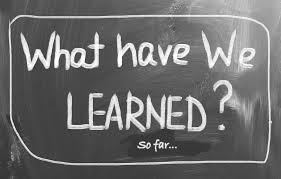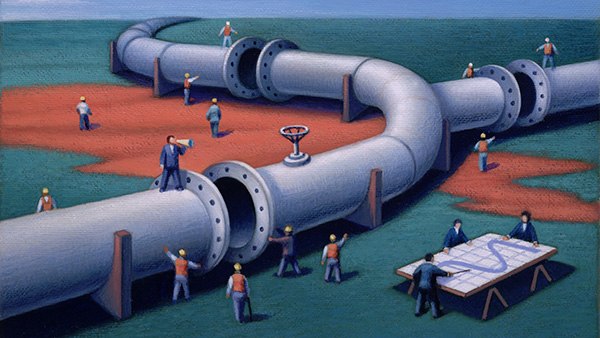
Do you have a mid-level donor program? If not, are you thinking about starting one? Before you do, we want to pass on some important things we’ve learned in the last three years, so that your program can be the best it can be.
The whole reason Veritus Group even got involved in mid-level donor programs is because our major gift clients were clamoring for more major donors. Instead of looking across town for that wealthy person who had never given to their organization, we steered our clients to look in their own donor files. We found an opportunity to help non-profits build mid-level programs in much the same way we help clients build major gift programs.
Our typical program has a mid-level representative cultivating, stewarding and soliciting a caseload of 600-750 donors. They do this though phone calls, email and personal notes. Just like in major gift programs, we create a full 12-month strategic plan; but instead of creating a plan for every individual donor, we create plans by tier level based on their previous giving behavior.
The whole goal of the mid-level program is to Keep, Lift and Move as many donors into major gift programs as we can. Now having said all that, here is what we’ve learned:
- You need to have a mid-level program. Without a doubt, creating a mid-level program that starts to develop more one-to-one communication strategies with donors will help you move more donors into major gift programs. When we analyze the data of organizations that DO NOT have a mid-level program, we see about 0.2% to 1.2% of donors in the database migrate to major gifts each year. However, when you have a robust mid-level program, we are seeing 3% to 3.5% of the donor base move into major gifts. That is significant.
- Before you start a mid-level program, make sure you have the infrastructure, strategy and resources in place for a strong major gift program. Nothing could be worse for a donor who is being cultivated in a mid-level program to migrate to a major gift caseload and nothing happens to that donor. As I’ve written about previously, you have to maintain and exceed the level of service and treatment of a donor that moves from mid to major.
- To be successful, your organization has to bring the direct-response (annual fund) team to the table with major gifts. This is absolutely crucial. Both teams need to talk about their own objectives and goals for the program, and you have to agree on what those are. Then, instead of viewing a donor as being in one program or another, the donor needs to be viewed as part of an overall pipeline of donors that everyone is trying to move up. Then you are trying to take down barriers that prevent the donor from becoming a major donor. This means a “no silo” mentality in your organization.
- There will be a tension between ROI and moving donors into major gift programs. Major gift programs just want donors. Usually, the direct-response team needs NET revenue for any successful strategy. The tension will be how much net revenue is needed, vs. unclogging the pipeline and moving donors into major gift portfolios.
- You also need more strategies and tactics to move donors into mid-level programs. While the mid-level program is trying to move donors into major gifts, you also need to think about how your organization is moving donors into MID-LEVEL as well. Otherwise you’ll have another CLOG in the pipeline, which ultimately hurts major gifts.
- We would err on the side of more phone and e-mail touches than USPS mail. This program overlays on top of the regular donor communication schedule, so it’s important to try to communicate in ways that don’t conflict with that. When you do mail something to your mid-level donor, it’s best if it’s a handwritten note. Those notes are powerful.
- Soliciting a mid-level donor will increase your overall ROI. When Veritus first started the mid-level program with clients, we only did cultivation and stewardship, with no asks. The problem is that mid-level programs were either just breaking even or losing revenue. To meet the demand of the direct-marketing team, we now are soliciting donors one to two times a year. While you have to be careful not to be too aggressive, this can be incredibly effective for your organization and will generate a healthy ROI.
- Show these donors their impact. What we’ve found is that you can’t just send a newsletter to donors and think you are reporting on the impact their gifts made. Take the time to find out what your mid-level donors are giving to, and generate meaningful impact reports that focus on the donors’ giving. These donors are worth the time and effort.
All of this (and more) we’ve learned through a lot of trial and error. We’ve made mistakes, learned from them and are always continuing to make improvements. So now you’ve learned from OUR mistakes!
I hope you continue to build your mid-level program, because it’s so essential in keeping that pipeline open to fuel your major gift program.
Jeff





0 Comments